Did Einstein Have ADHD? Exploring the Evidence

Albert Einstein's genius has captivated the world for generations, but recent speculation has raised an intriguing question: Did Einstein have ADHD? This inquiry has sparked a fascinating exploration into the intersection of brilliance and neurodiversity, shedding light on the complexities of the human mind. As researchers delve into Einstein's life and work, they uncover striking parallels between his behaviors and the characteristics associated with Attention Deficit Hyperactivity Disorder.
The investigation into Einstein's possible ADHD has an impact on our understanding of both historical figures and neurodevelopmental conditions. It challenges preconceptions about ADHD and success, prompting us to reconsider the potential hidden within those who think differently. By examining Einstein's academic struggles, unconventional working habits, and extraordinary achievements, this article aims to analyze the evidence supporting the Einstein ADHD theory. It will also explore the broader implications for our perception of ADHD in society and its potential relationship to exceptional creativity and problem-solving abilities.
Discover the power of emotional regulation with Bonding Health’s innovative app, tailored for ADHD parenting. Join our beta testing now and gain access to free insightful journals that will guide you through the ADHD parenting journey. Start Here
Einstein's Behavioral Traits Consistent with ADHD
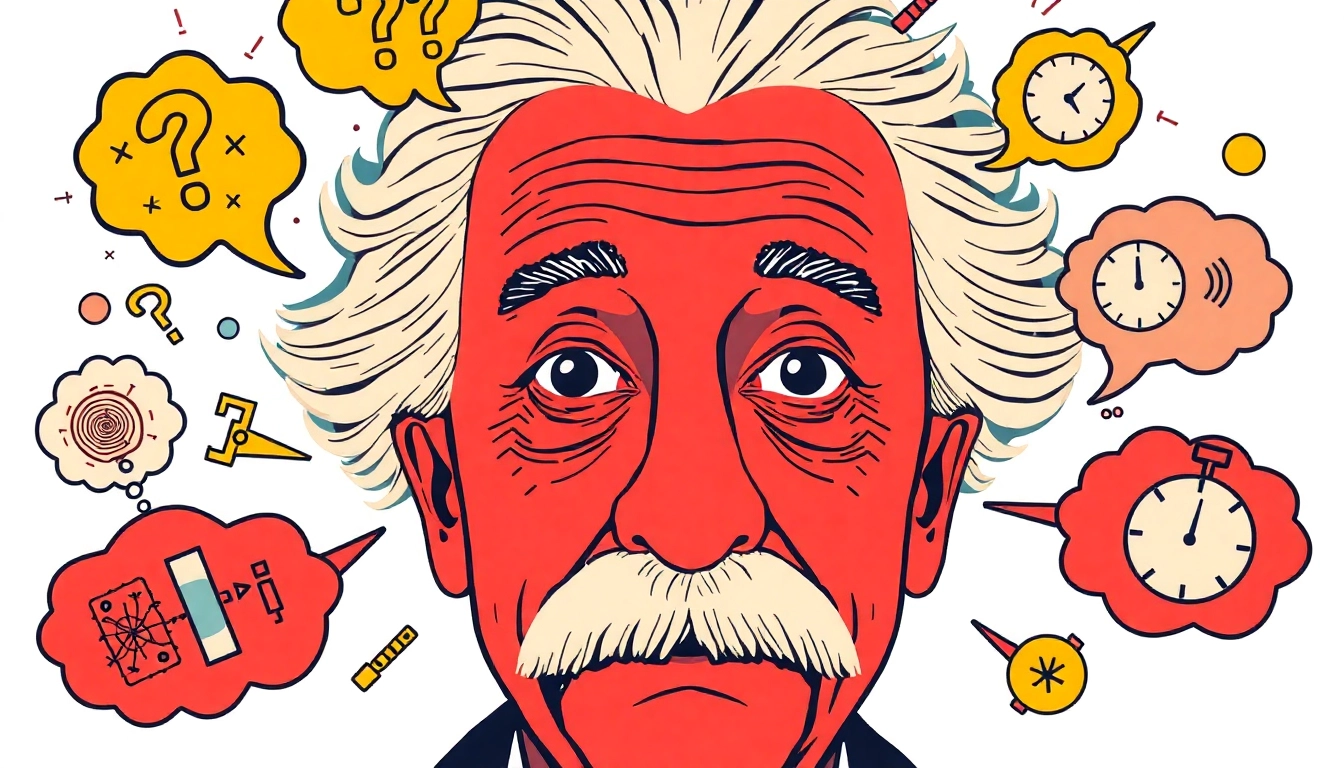
The investigation into Einstein's possible ADHD has led researchers to examine his behavioral traits that align with the characteristics of Attention Deficit Hyperactivity Disorder. By comparing historical records with modern understanding of ADHD, several key traits emerge that suggest Einstein may have exhibited symptoms consistent with this neurodevelopmental condition.
Disorganization and Forgetfulness
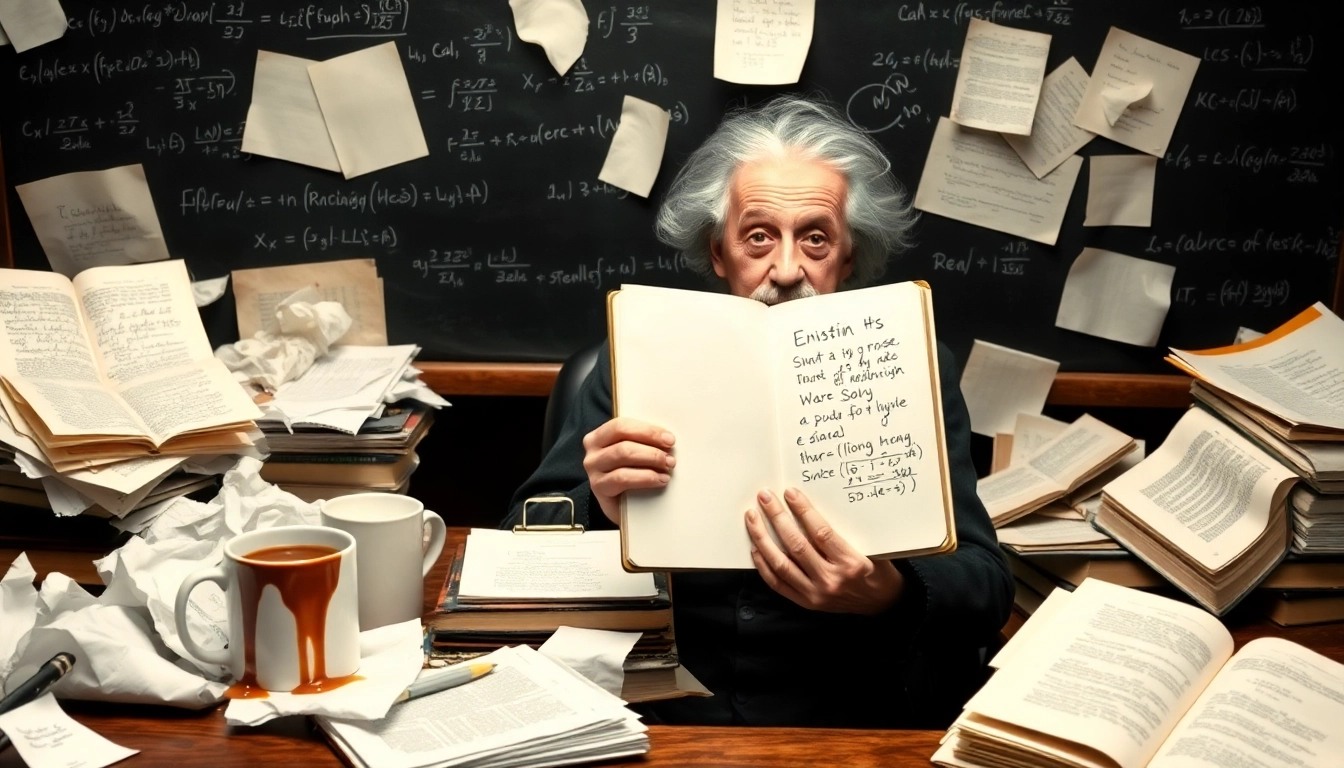
One of the hallmark traits of ADHD is disorganization and forgetfulness, which Einstein famously displayed throughout his life. Historical accounts reveal that Einstein was notably absent-minded, often forgetting basic tasks such as wearing socks or locking his front door. This tendency towards forgetfulness extended beyond mere daily routines. Einstein was known to misplace important items regularly, such as his keys, demonstrating a pattern of behavior that aligns closely with common ADHD symptoms.
Rebelliousness and Impulsivity
Another characteristic associated with ADHD is rebelliousness and impulsivity, traits that Einstein exhibited in abundance. He was renowned for his nonconformist attitude and his propensity to challenge authority figures and traditional ways of thinking. This rebellious streak often manifested in spontaneous decision-making, a trait commonly observed in individuals with ADHD.
Einstein's unconventional approach to problem-solving and his ability to think outside the box may have been influenced by these ADHD-like traits. His frustration with the status quo and his belief that the world needed "a substantially new manner of thinking to survive" showcase how his rebellious nature contributed to his groundbreaking work.
Hyperfocus on Interests
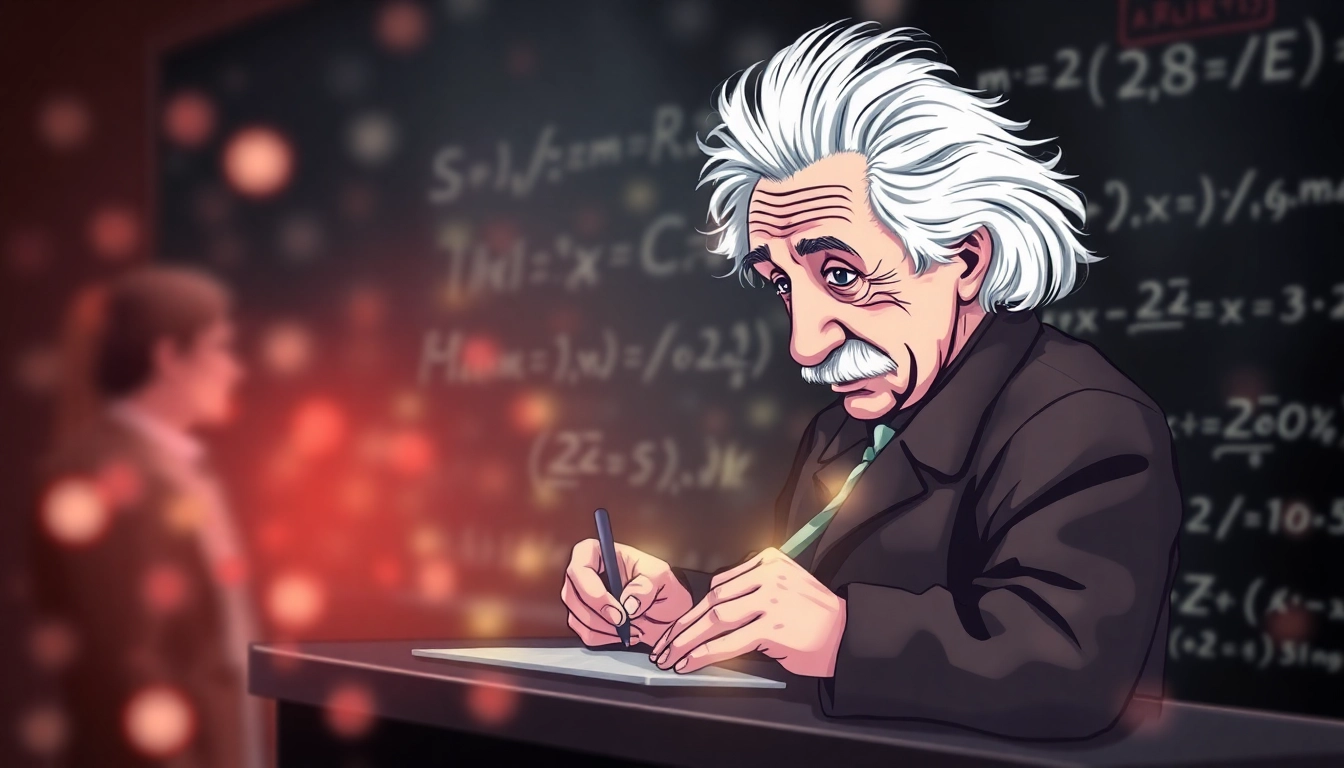
Perhaps one of the most intriguing aspects of ADHD that aligns with Einstein's behavior is the tendency to hyperfocus on areas of intense interest. Einstein was known to become deeply absorbed in his physics research, often to the detriment of other aspects of his life. This intense focus on his passions aligns with the ADHD trait of hyperfocus, where individuals can concentrate intensely on subjects that captivate their interest while struggling with attention in other areas.
Einstein's method of taking walks when feeling overwhelmed by a problem he was trying to solve demonstrates his unique approach to managing his focus and thought processes. This behavior is reminiscent of strategies often employed by individuals with ADHD to help regulate their attention and stimulate creative thinking.
The combination of these behavioral traits – disorganization, rebelliousness, and hyperfocus – paints a picture of Einstein that is strikingly consistent with modern understanding of ADHD. However, it's important to note that these same traits may have contributed significantly to his extraordinary achievements and innovative thinking.
As psychologist Lara Honos-Webb points out in her book The Gift of ADHD, certain traits associated with ADHD, such as creativity, exuberance, and intuition, can be viewed as gifts rather than deficits. This perspective encourages a more nuanced understanding of neurodiversity and its potential benefits in fields requiring unconventional thinking and problem-solving abilities.
Einstein's Academic and Professional Journey
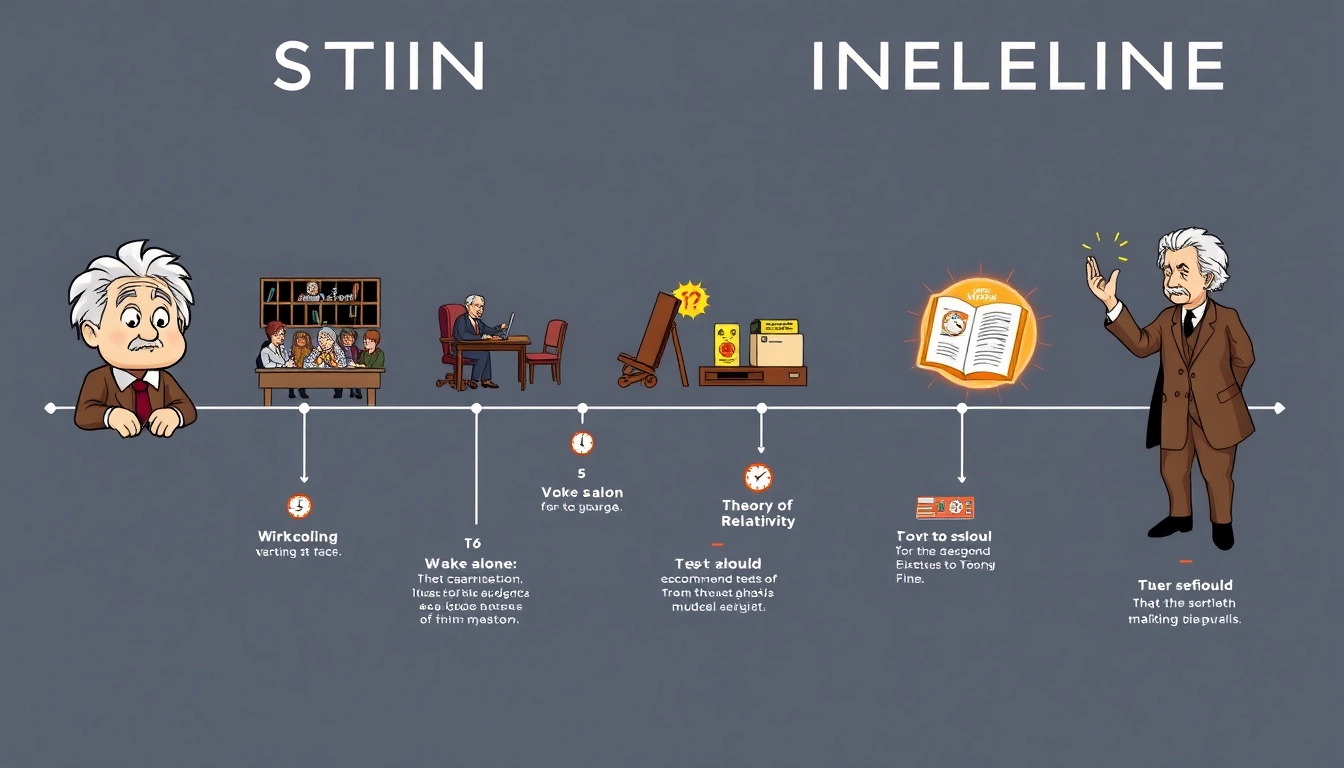
Albert Einstein's path to becoming one of the most influential scientists in history was far from conventional. His journey through academia and professional life was marked by challenges, unconventional thinking, and groundbreaking achievements that revolutionized our understanding of the universe.
Struggles in Traditional Education
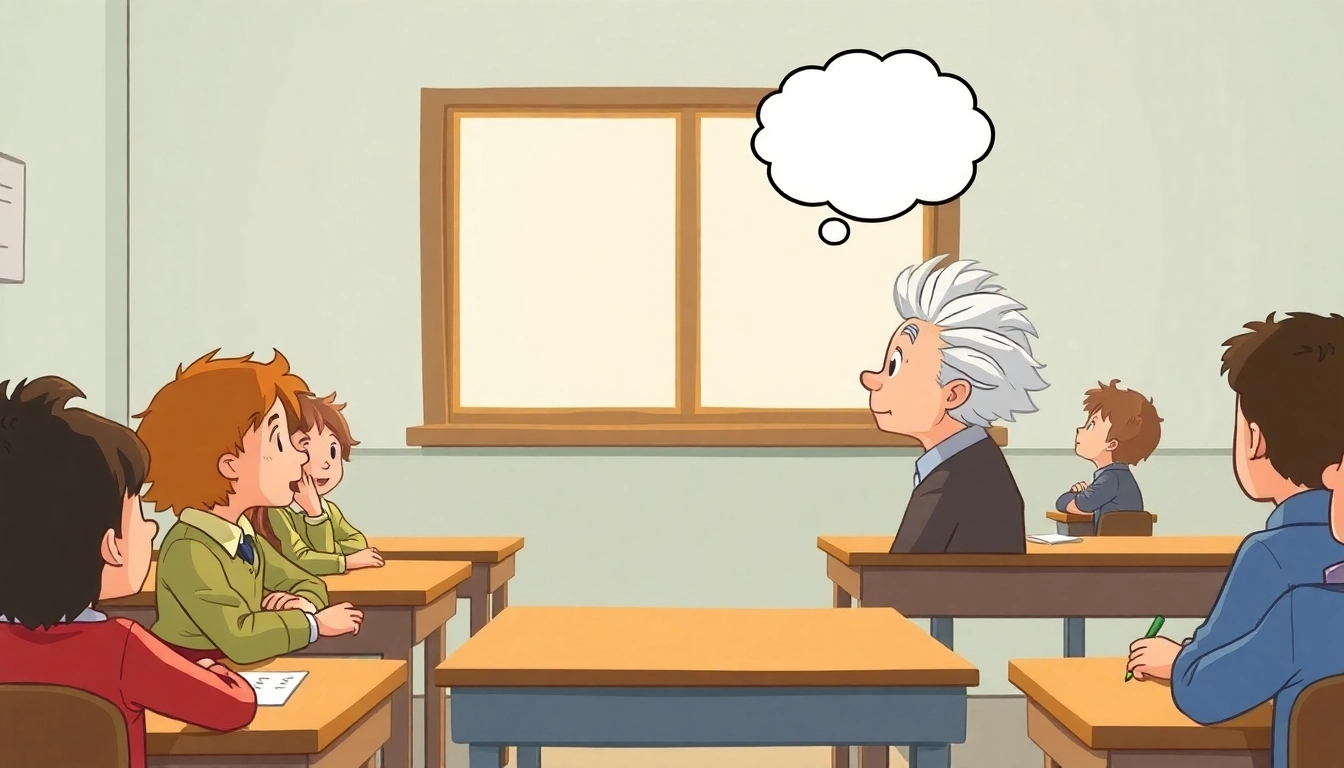
Contrary to popular belief, Einstein's academic struggles were not due to a lack of intelligence, but rather a result of his exceptional intellect. As a child, Einstein exhibited behaviors that were often misinterpreted by his teachers. He was a late talker, not beginning to speak until the age of three, which led some to believe he was intellectually disabled in his early years.
Einstein's unique cognitive approach often put him at odds with the rigid educational systems of his time. His teachers struggled to recognize his high intelligence, as he displayed behaviors similar to those of less intelligent pupils when unchallenged. This lack of engagement led to Einstein being perceived as inattentive and rebellious in class.
Despite these challenges, Einstein persevered in his studies. He worked diligently on his arithmetic homework, even when he often arrived at incorrect answers. His struggles with verbal skills persisted into adulthood, with Einstein once remarking, "When I read I hear the words. Writing is difficult, and I communicate this way very badly."
Unconventional Career Path
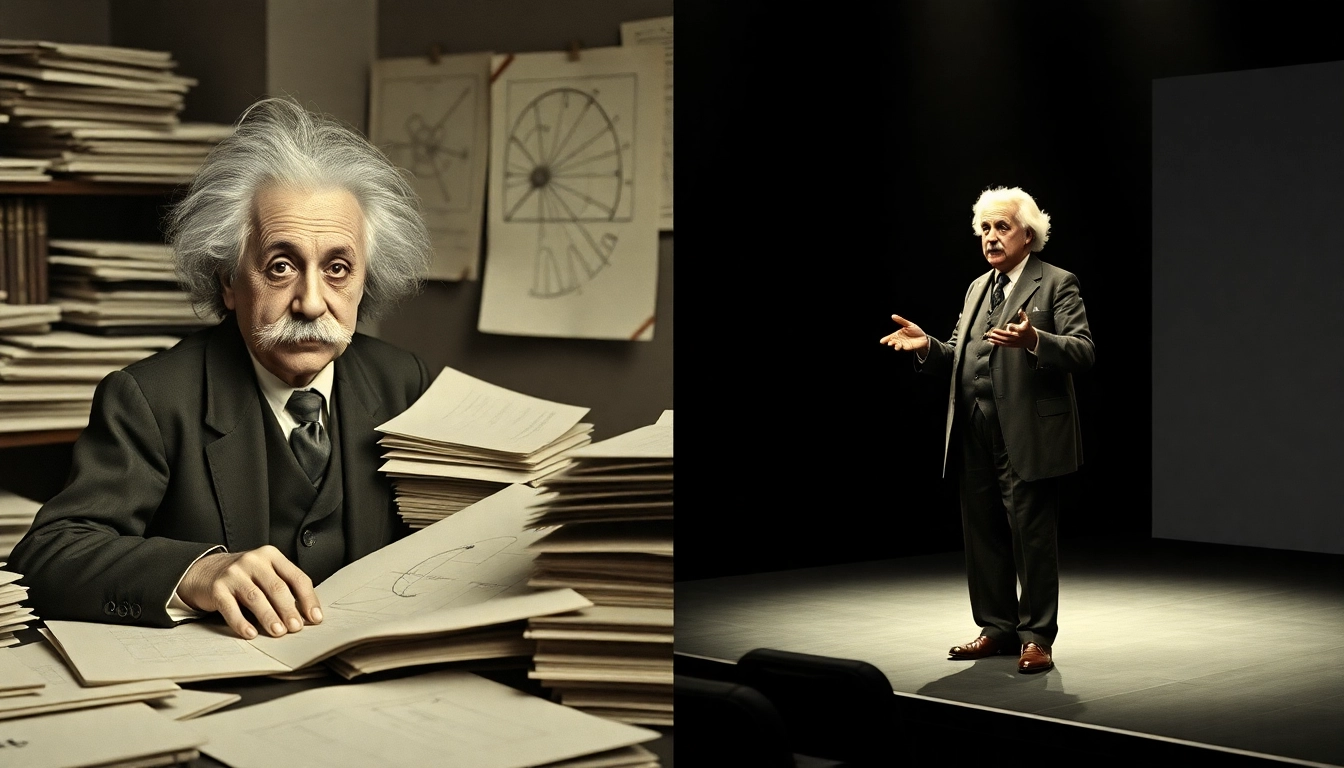
Einstein's frustration with traditional education culminated in his decision to drop out of school at the age of 15. However, this setback did not deter him from pursuing knowledge. He spent the following year educating himself, demonstrating his commitment to learning despite the constraints of formal education.
After graduating in 1900, Einstein faced significant obstacles in launching his academic career. His tendency to challenge authority and cut classes had angered some of his instructors, making it difficult for him to secure academic positions. Undeterred by these setbacks, Einstein took an unconventional route, working as a patent clerk in Bern, Switzerland.
Groundbreaking Scientific Achievements
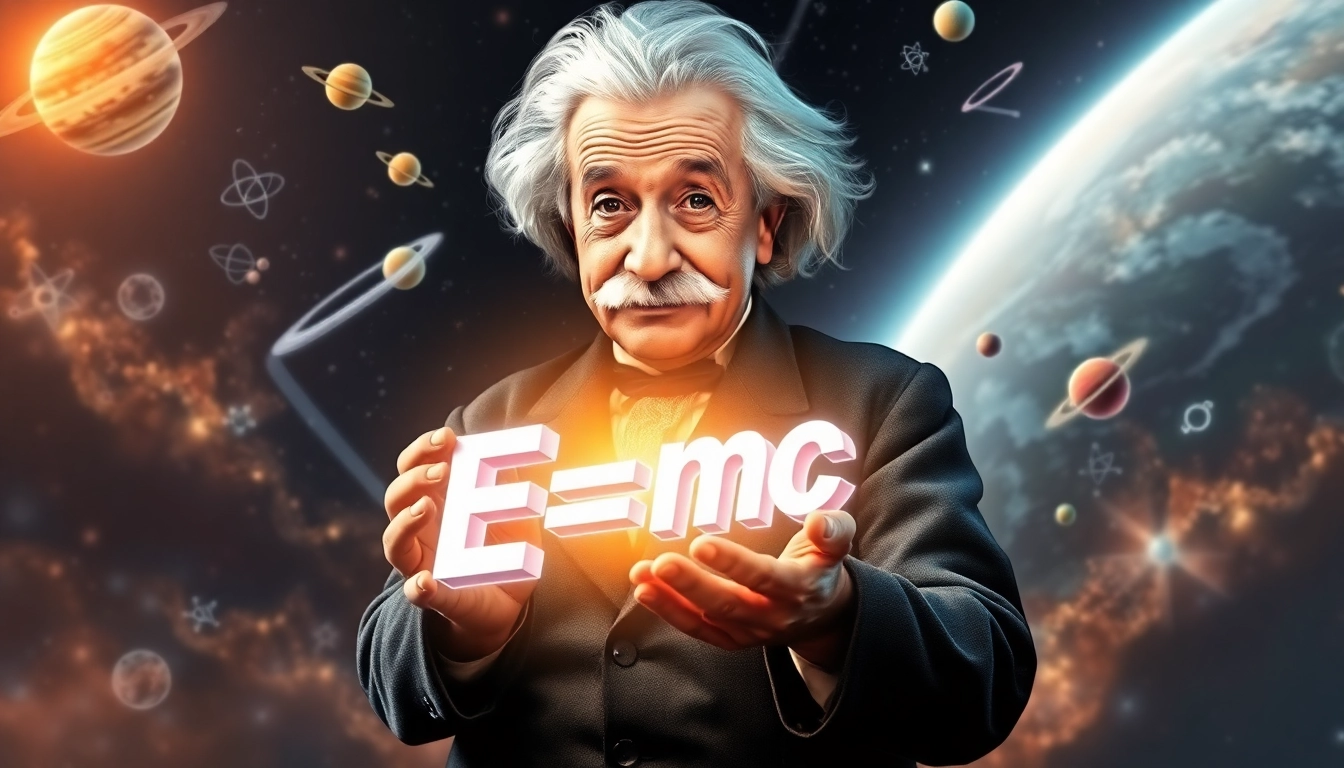
Einstein's time as a patent clerk proved to be a fertile period for his scientific thinking. In 1905, now known as his "Miracle Year," Einstein published four groundbreaking papers that would change the course of physics. These papers covered:
- An explanation of the photoelectric effect
- Experimental proof of the existence of atoms
- The theory of special relativity
- The famous equation E=mc²
These contributions laid the foundation for modern physics and earned Einstein widespread recognition in the scientific community. In 1915, he presented what is considered his most famous work, the general theory of relativity, which described gravity as a curvature of space rather than an invisible force.
Einstein's revolutionary ideas extended beyond relativity. He also made significant contributions to the field of quantum mechanics and launched a new branch of science: cosmology. His theories and calculations predicted that the universe was not static but dynamic, either expanding or contracting.
In 1921, Einstein was awarded the Nobel Prize in Physics. Interestingly, the award was for his work on the photoelectric effect rather than his more famous theory of relativity. True to his unconventional nature, Einstein chose to speak about relativity during his acceptance speech instead of the photoelectric effect.
Throughout his career, Einstein's unique cognitive traits, which some speculate may have been consistent with ADHD, played a complex role in his scientific achievements. His ability to hyperfocus, think unconventionally, and see problems from novel perspectives enabled him to make groundbreaking discoveries in physics. However, these same traits also created challenges in managing the administrative and organizational demands of academic life.
Einstein's journey from a misunderstood student to a world-renowned physicist demonstrates how neurodiversity can be compatible with, and even essential to, extraordinary intellectual achievements. His story continues to inspire and challenge our understanding of genius and the potential hidden within those who think differently.
The Genius-ADHD Connection
Creativity and Out-of-the-Box Thinking
The connection between genius and ADHD has become a subject of increasing interest in recent years. Many researchers and experts have begun to explore the potential link between exceptional creativity and the unique cognitive patterns associated with ADHD. This exploration has led to a reevaluation of how we perceive neurodiversity and its impact on intellectual achievement.
One of the key aspects of ADHD that may contribute to genius-level thinking is the ability to make unobvious connections. Individuals with ADHD often possess a wider-than-wide lens of attention, allowing them to see relationships between seemingly unrelated concepts. This divergent thinking style can lead to innovative ideas and solutions that might elude those with more conventional thought processes.
The ADHD mind's tendency to jump from one thought to another, often seen as a disadvantage, can actually be a wellspring of creativity. As one expert describes it, the ADHD mind can rapidly move from oranges to avocados to laundry detergent, creating a unique web of associations. While this can be distracting in everyday life, it can also be the source of groundbreaking ideas when channeled effectively.
Hyperfocus as a Superpower
Another characteristic of ADHD that can contribute to exceptional achievement is the ability to hyperfocus on areas of intense interest. This trait, often overlooked in discussions about ADHD, can be a powerful tool when directed towards meaningful pursuits. Einstein, for example, was known for his ability to focus obsessively on complex problems, working tirelessly until he found a solution.
The intense concentration that comes with hyperfocus can lead to remarkable productivity and insight. When individuals with ADHD find a subject that captivates them, they can dedicate themselves to it with an intensity that surpasses typical levels of engagement. This deep dive into a subject can result in mastery and innovation that might not be achieved through more conventional approaches to learning and problem-solving.
Challenges and Triumphs
While the potential for genius in individuals with ADHD is significant, it's important to acknowledge the challenges that come with the condition. The same traits that can lead to exceptional creativity can also cause difficulties in everyday life. For instance, the tendency towards distraction and difficulty with sustained attention can make it challenging to see ideas through to fruition.
However, many historical figures who are believed to have exhibited ADHD-like traits found ways to overcome these challenges and achieve greatness. Wolfgang Amadeus Mozart, for example, was known for his impulsive behavior and difficulty focusing on tasks. Yet, he developed coping strategies, such as taking breaks from composing when feeling overwhelmed, which allowed him to harness his creative energy effectively.
Similarly, Einstein's absent-mindedness and difficulty focusing on one task for extended periods didn't prevent him from making groundbreaking discoveries in physics. He often took walks when feeling overwhelmed by a problem, a strategy that helped him manage his thought processes and stimulate creative thinking.
The story of these historical figures suggests that embracing and channeling ADHD traits, rather than suppressing them, can lead to extraordinary achievements. As one expert puts it, "ADHD is a real strength; to understand it is to control it and own it." By recognizing the potential within ADHD minds and developing strategies to manage the challenges, individuals with ADHD can tap into their unique cognitive strengths and potentially achieve genius-level contributions in their chosen fields.
Join the Bonding Health Community
Ready to transform your ADHD parenting journey? Dive into the world of Bonding Health and discover our innovative app designed to strengthen the crucial parent-child bond. Our beta app focuses on emotional regulation, offering you the tools you need to navigate the challenges of ADHD with confidence and understanding. Sign up for our free journals at Bonding Health Journals and be the most knowledgeable in ADHD parenting. Join us now and start making a difference in your child's life today! Try Our Beta App
Conclusion
The exploration of Einstein's potential ADHD offers valuable insights into the relationship between neurodiversity and exceptional achievement. By examining historical records and comparing them with our current understanding of ADHD, we gain a deeper appreciation for the complexities of human cognition. The evidence suggests that traits often associated with ADHD, such as hyperfocus and out-of-the-box thinking, may have played a crucial role in Einstein's groundbreaking scientific discoveries.
This investigation has an impact on our perception of ADHD and challenges traditional notions of success and intelligence. It highlights the importance of recognizing and nurturing diverse cognitive styles in education and beyond. As we continue to study the connection between ADHD and genius, we open up new possibilities for understanding and supporting individuals with neurodevelopmental differences. To wrap up, embracing neurodiversity could lead to more inclusive environments that foster innovation and creativity.
FAQs
1. Which renowned physicists are believed to have had ADHD?
Many notable figures in physics, astronomy, and invention have shown signs that may suggest neurological variations such as ADHD, autism, dyslexia, or a combination thereof. Notable examples include Marie Curie, Albert Einstein, Thomas Edison, Isaac Newton, Paul Dirac, and Henry Cavendish, among others.
2. Was Nikola Tesla diagnosed with ADHD?
Nikola Tesla, a prominent inventor known for his numerous technological innovations, had ADHD. This condition enabled him to hyperfocus, which significantly contributed to his capacity for developing extraordinary inventions and ideas.
3. Was Albert Einstein affected by any learning disabilities?
Extensive research by Albert Einstein's biographers has clarified that he was not dyslexic. Concerns about him having a learning disability were primarily due to his notably delayed start in speaking.
4. Is there evidence to suggest that Mozart had ADHD?
Mozart's behaviors, including his lifelong struggle with basic self-control, suggest that he may have had ADHD. This is evident from his childhood and persisted throughout his adult life.


